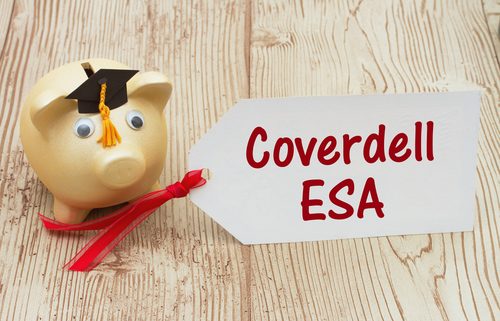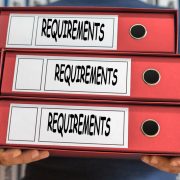How Do Self-Directed IRAs Differ from a Self-Directed CESA?
A Self-Directed IRA, once you learn the ins and outs, can be a straightforward thing. You’re saving up for retirement using an account you direct yourself. This degree of self-direction means you’re free to choose from the full gamut of available retirement assets, rather than relying on preselected investment options. And for many people, this is a great arrangement. It means that they take hold over their own financial destiny and are proactive in their financial future.
But what about savings accounts like the Self-Directed CESA? While the words “Self-Directed” are still in there, it can be confusing for people who don’t know how these accounts differ from retirement accounts. Let’s take a closer look at these education savings accounts to get a better handle on their specific rules, and how you’ll be expected to use them.
A Closer Look at Self-Directed CESAs
For starters, you have to know the purpose of these accounts. While a retirement account is set up in your name, typically, with you as the beneficiary of the account, a Self-Directed CESA is for someone else, such as a son or a daughter. You’ll be using this account to save toward their education’s future. You will have power over this account over the years, as your child grows to a specific age, or you may even designate an adult beneficiary who has special needs.
With Self-Direction, you once again have access to a lot of different types of investments with this type of account. You’re free to choose here, but because you often have a shorter time horizon for Self-Directed savings accounts for education, you’ll often have to think about these assets in a different way. You may also not have the same contribution limits of a Self-Directed IRA to work with, which can limit your investment choices a bit.
But what does that mean? Let’s look at the more specific traits of a Self-Directed Coverdell Education Savings Account so you’ll know exactly what you’re getting into.
What a Self-Directed CESA Offers
You already know that a Self-Directed CESA is something you can use to save for education expenses, whether that’s for a child under the age of 18, or a son/daughter who is a special needs beneficiary. There are some simple rules and traits of these types of accounts that you’ll want to know, as you can see at our Self-Directed Coverdell Education Savings Account page:
- You have to designate the Self-Directed Coverdell Education Savings Account as such when you create it. That means that the earlier you get started, the better—and not just from an investment perspective, but from a bookkeeping perspective.
- You’ll have to use a document that creates and governs the account in writing. It also has to meet certain requirements. A Self-Directed IRA administration firm can help you with this.
- You can contribute to an account like this up to $2,000 in a given year, and you can’t contribute more by establishing more accounts for the same beneficiary. That limits your investments to this contribution total.
- Your contributions will not be tax deductible, but what you contribute to the account will grow tax free until the distributions are taken.
Interested in learning more about Self-Directed IRAs? Contact American IRA, LLC at 866-7500-IRA (472) for a free consultation. Download our free guides or visit us online at www.AmericanIRA.com.





